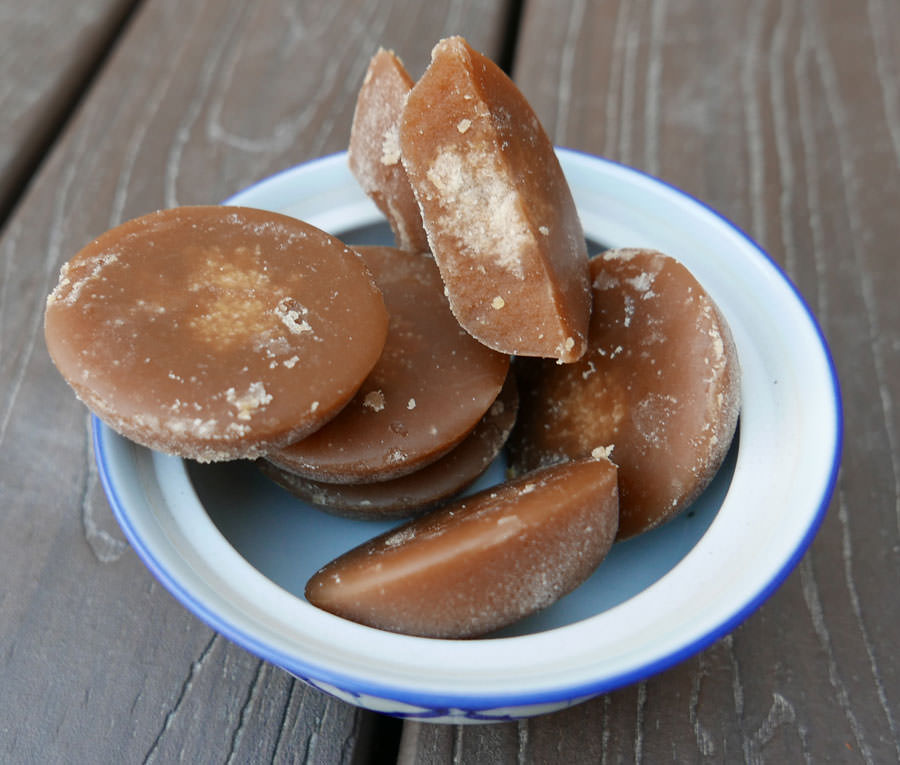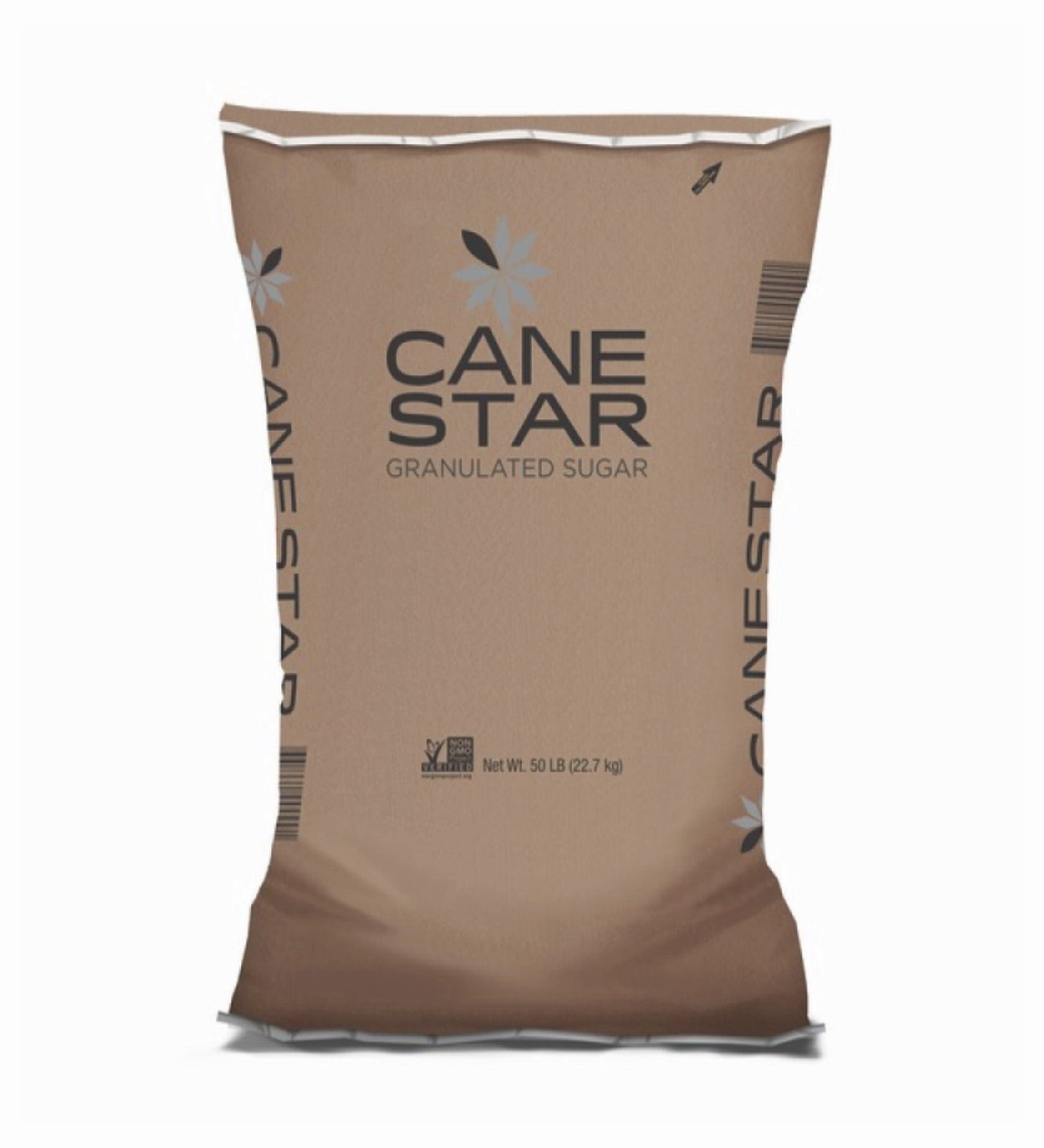The Trip of Cane Sugar Processing: From Harvest to Crystals
The Trip of Cane Sugar Processing: From Harvest to Crystals
Blog Article
A Thorough Overview to the Ecological Influence and Sustainability Practices in Cane Sugar Handling
The ecological impact of walking cane sugar processing provides an intricate array of difficulties that warrant cautious evaluation. From dirt degradation and excessive water usage to the carbon footprint associated with growing and production, the effects of standard techniques are significant. What details practices can be carried out to strike an equilibrium in between efficiency and environmental stewardship?
Review of Walking Cane Sugar Processing
Walking stick sugar handling involves a series of organized actions that transform sugarcane right into polished sugar. Initially, collected sugarcane is moved to refining centers, where it goes through cleaning up to eliminate dirt and debris. Following this, the walking cane is squashed to draw out juice, which is then made clear by eliminating pollutants with heating and the enhancement of lime.
The clarified juice undergoes evaporation, where water is gotten rid of to concentrate the sugar web content. These crystals are divided from the remaining syrup making use of centrifugation, resulting in raw sugar.
The end product is after that dried out and packaged for circulation. Throughout this entire process, preserving performance and quality assurance is necessary to make certain the sugar meets market standards. Each action in walking cane sugar handling not just contributes to the last item yet additionally has implications for source usage and waste generation, setting the phase for discussions on sustainability and ecological influences related to sugar production.
Ecological Obstacles of Manufacturing
The manufacturing of walking stick sugar offers several significant environmental difficulties that warrant attention. One key worry is the extensive use of agrochemicals, including pesticides and plant foods, which can bring about soil deterioration, biodiversity loss, and contamination of regional water sources. The drainage from sugarcane fields usually lugs these chemicals into close-by ecological communities, interrupting water life and affecting the wellness of communities reliant on these water bodies.
Another obstacle is the high power intake linked with sugarcane handling. The boiling and refining phases require considerable warm, primarily produced by shedding nonrenewable fuel sources, adding to greenhouse gas discharges. In addition, the large land area needed for sugarcane growing can bring about logging and habitat destruction, additional worsening environment adjustment and harmful wild animals.
Additionally, the labor practices in some areas increase moral problems, as workers may deal with poor working problems and inadequate incomes. This situation commonly perpetuates a cycle of hardship in local neighborhoods. Cane Sugar Processing. Dealing with these environmental difficulties is crucial for creating more lasting methods in walking stick sugar manufacturing, eventually benefiting both the setting and the communities entailed in this market
Water and Land Use Influence
Water sources and land usage are vital elements in the walking stick sugar sector that considerably affect the atmosphere. The cultivation of sugarcane calls for considerable water input, with price quotes suggesting that it can eat up to 2,000 liters of water per kg of sugar generated. This extensive use of water frequently results in deficiency of regional water sources, influencing not only the sugarcane vineyards yet also bordering ecosystems and communities that count on the same water resources for farming and domestic usage.

Moreover, land use for sugarcane cultivation can cause deforestation and the conversion of all-natural habitats into monoculture ranches. This technique diminishes biodiversity, interrupts neighborhood ecological communities, and contributes to soil destruction. The expansion of sugarcane fields commonly intrudes on important farming land, creating competitors for resources in between food and biofuel production.
Sustainable practices, such as optimizing watering methods and applying plant turning, are necessary to alleviate these effects. By adopting more effective water usage and land administration strategies, the walking cane sugar sector can lower its ecological footprint, ensuring an equilibrium in between farming efficiency and ecological conservation.
Greenhouse Gas Emissions
Greenhouse gas discharges represent a considerable ecological worry within the walking cane sugar handling sector, specifically as farming techniques broaden to fulfill global demand. The farming of sugarcane, a crop that flourishes in exotic climates, relies greatly on synthetic plant foods and chemicals, which add to nitrous oxide emissions. In addition, land-use adjustments, including logging for brand-new sugarcane haciendas, launch carbon dioxide stored in greenery and dirt.
Throughout processing, energy usage is one more significant source of greenhouse gas emissions - Cane Sugar Processing. Lots of sugar mills use nonrenewable fuel sources to power equipment and produce warmth, leading to significant carbon footprints. Moreover, the transport of raw sugarcane and completed items includes layers of discharges via fuel burning in cars
The advancing impact of these exhausts intensifies climate modification, posturing threats not only to the environment but also to the long-lasting feasibility of the industry. Stakeholders must identify the immediate need for thorough approaches that resolve these discharges. This entails reviewing current farming techniques, processing approaches, and transport systems to identify locations for renovation and reduction. Dealing with greenhouse gas discharges is crucial for promoting an extra sustainable walking cane sugar industry in an altering climate.

Sustainable Practices and Innovations
Lasting practices and technologies are progressively important in the cane sugar handling sector as stakeholders look for to minimize ecological effects while maintaining performance. One significant advancement is the execution of integrated crop management, which maximizes source usage by combining dirt management, bug control, and crop rotation methods. This method improves return while reducing chemical inputs and protecting dirt health and wellness.
Additionally, the fostering of sustainable energy resources, such as biomass from sugarcane deposits, has actually obtained traction - Cane Sugar Processing. By transforming waste items right into energy, processing centers can minimize their dependence on nonrenewable fuel sources, consequently lowering greenhouse gas exhausts
Water management methods have also seen enhancements via the recycling and reusing of water in handling plants, dramatically minimizing freshwater consumption. Developments in modern technology, such as precision agriculture, enable farmers to monitor crop health and wellness and source usage a lot more successfully, making certain sustainable farming practices.
In addition, try here accreditation programs like Fair Trade and Rainforest Partnership encourage ecologically liable farming practices and advertise social equity within the supply chain. By accepting these sustainable techniques and developments, the walking cane sugar handling industry can improve its resilience and add positively to ecological stewardship.
Conclusion
The ecological influence of cane sugar processing presents more significant challenges, consisting of soil deterioration, high water intake, and greenhouse gas exhausts, alongside honest worries connected to labor practices. Resolving these problems with sustainable methods, such as incorporated plant management, renewable resource adoption, and water recycling, is important. By promoting eco accountable and socially equitable approaches in sugar production, the market can alleviate its negative results, making certain a much more lasting future for both communities and ecosystems entailed in this field.
Walking stick sugar processing entails a collection of organized actions that transform sugarcane right into refined sugar. Each step in walking stick sugar processing not only contributes to the last product yet likewise has ramifications for resource use and waste generation, setting the stage for conversations on sustainability and environmental impacts linked with sugar production.
Greenhouse gas discharges represent a significant ecological problem within the cane sugar processing market, particularly as agricultural techniques broaden to fulfill worldwide demand.Lasting techniques and innovations visit site are progressively essential in the walking cane sugar processing industry as stakeholders look for to reduce ecological effects while keeping performance.The ecological influence of cane sugar handling provides significant challenges, including dirt deterioration, high water intake, and greenhouse gas exhausts, along with ethical issues associated to labor practices.
Report this page